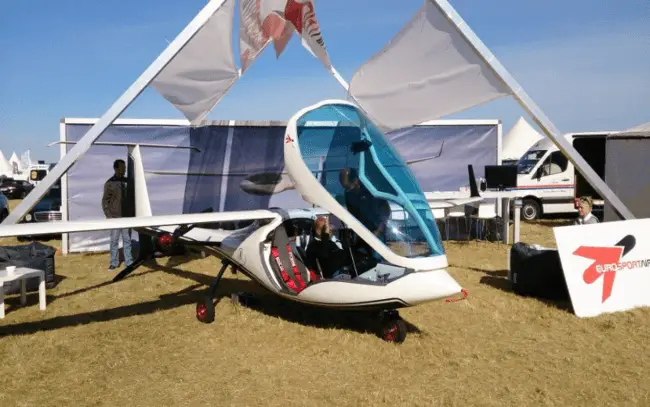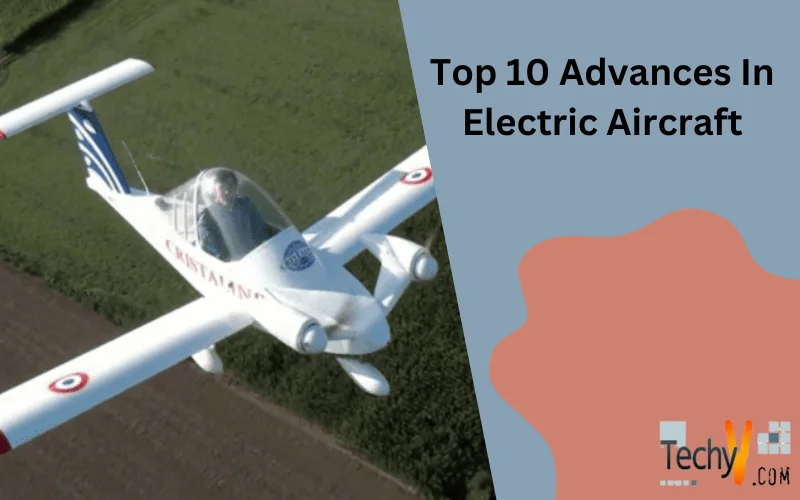We have all seen electric cars and bikes around us nowadays, but a commercial electric airplane is also a form that runs on electricity. It uses electric motors for propulsion. It has higher batteries, and currently, only a small aircraft can be accessed. Aircraft electrification not only has the potential to lower emissions but also may open the door to new designs, use cases, and more energy-efficient aircraft. The electric aircraft industry’s supply chain may undergo a radical transformation due to electrification, putting existing suppliers at risk of extinction, and opening up opportunities for new players. More Electric Aircraft and Electrical Propulsion aircraft are currently being developed and research will enable these ideas into prototypes.
1. Solar Impulse
There are only two operating Solar Impulse planes that are part of a Swiss company that is developing long-range solar-powered aircraft. Bertrand Piccard and are in charge of the privately funded project. Solar Impulse 2 is attempting to fly around the world using only solar power. They co-piloted Breitling Orbiter 3, the first balloon to complete a nonstop orbit around the globe. The Solar Impulse project’s objectives were to fly a piloted fixed-wing aircraft around the globe for the first time using solely solar power and to raise awareness of green technology. Solar Impulse 2 is attempting to fly around the world using only solar power.
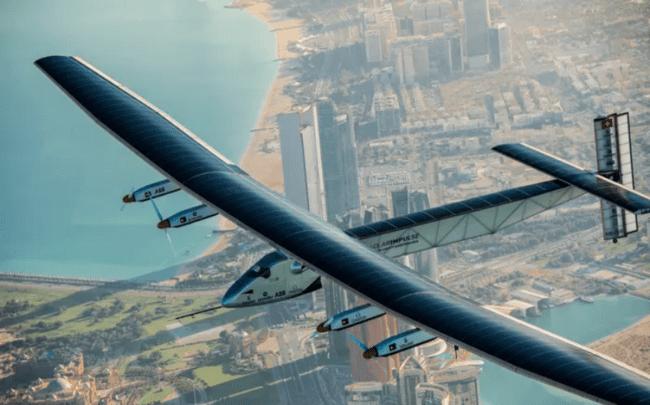
2. Antares 23E
The batteries can climb 3,000 meters and offer 13 minutes of maximum power and climbing speed on a single battery charge; however, in hotter areas, motor and electronics temperature constraints may limit the climb height that can be achieved. The EM 42 is a fixed-shaft brushless DC electric motor (see Lange EA 42) that can provide up to 216 N.m of torque across a speed range of 160-1600 RPM with a 90% overall efficiency. It runs at 190-288 V and draws up to 160 A. The motor weighs 29 kg, the power electronics are 10 kg, and the maximum continuous output is 38.5 kW. The motor drives a two-blade, fixed-pitch, composite-material LF-P42 propeller with a diameter of two meters.
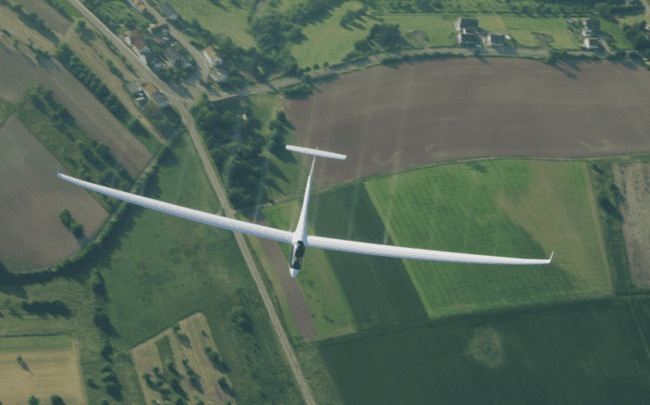
3. Taurus Electro G2
Ivo Boscarol, the company’s founder, put in a lot of effort to build Pipistrel, a very modest Slovenian manufacturer of airplanes, into something of significance on the world stage. The debut of the Taurus, a side-by-side-seat self-launching light glider, in 2007 brought its series of effective, award-winning light aircraft to a close. The daring twin-fuselage Taurus G4 prototype won the coveted 2011 Google Green Flight Challenge.
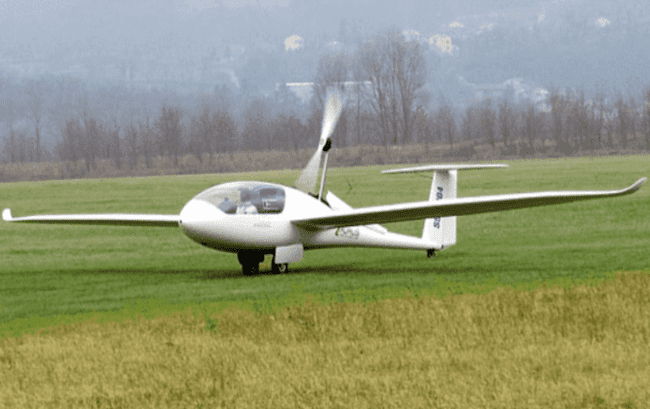
4. Sunseeker Duo
The Sunseeker Duo is a solar-powered, twin-seat electric aircraft. The Sunseeker Duo is a solar-powered, twin-seat electric aircraft. The plane, created by Eric Scott Raymond, can take off, climb to a sufficient altitude to turn off the engine, and then fly like a glider, recharging the batteries with the help of solar panels on the wings. The business, Solar Flight, won’t disclose the range since it’s still under testing.
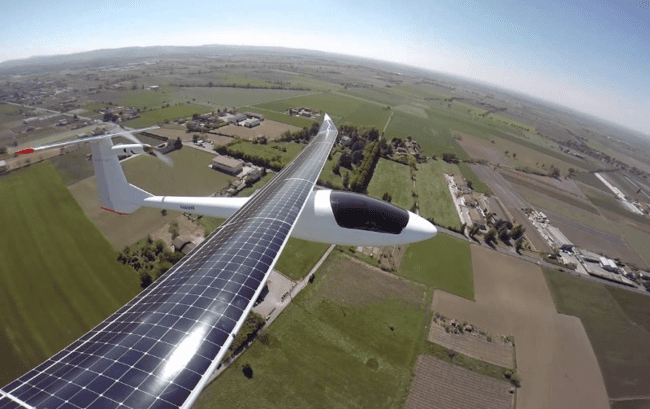
5. Front electric sustainer propulsion
Another small but shrewd Slovenian business, LZ Design, had what now appears like a no-brainer of an idea. The company chose to install an electric engine in the glider’s nose and the batteries in the space typically used by a small two-stroke engine, as is the case with some of the best self-launching gliders in the world, rather than designing intricate mechanisms for a retractable mast with an engine and a foldable propeller that sits in a bay behind the pilot.
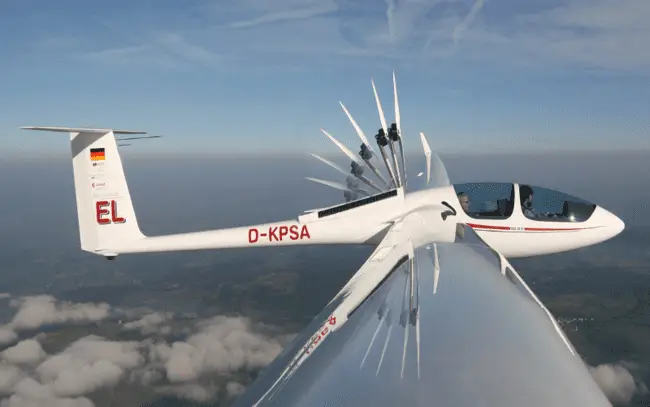
6. Archaeopteryx
If you’ve never had the opportunity to see an Archaeopteryx up close, you might be excused for thinking that watchmaking is the finest that Switzerland has to offer. But the Archaeopteryx, a carbon fiber marvel, is so light that you can wear it like a hang glider and take off from a hill’s crest by jogging a short distance.
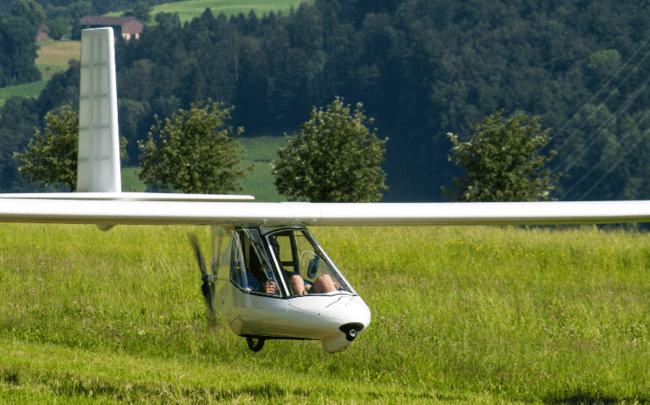
7. Cri-Cri E-Cristaline/E-Fan
It’s not surprising that there have been two distinct electric versions of the lovely small airplane from the 1970s with the hilariously called Cri-Cri. Airbus produced one in 2010. By far the smallest four-motor electric plane in the world, the business added two engines for good measure. Soon after, with Frenchman Hugues Duval at the controls, the Cri-Cri E-Cristaline—whose power train was created by the French company Electravia—became the fastest electric aircraft in the world, zipping around at 262 km/h.
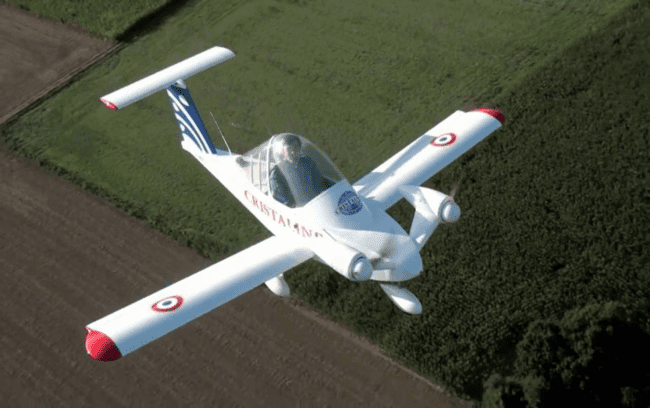
8. Yuneec E430 and ESpyder
Chinese two-seat electric aircraft known as the Yuneec International E430 was developed for commercial use. For the US market, the plane was being built as a kit plane. Tian Yu, CEO of Yuneec, provided all of the funding for the development of the E430. To create the aircraft, the business intended to build a 260,000-square-foot (25,000 square meters) plant there, which was scheduled to debut in October 2009. First customer deliveries of the E430 were previously anticipated for early 2011, with production set to start in late 2010.
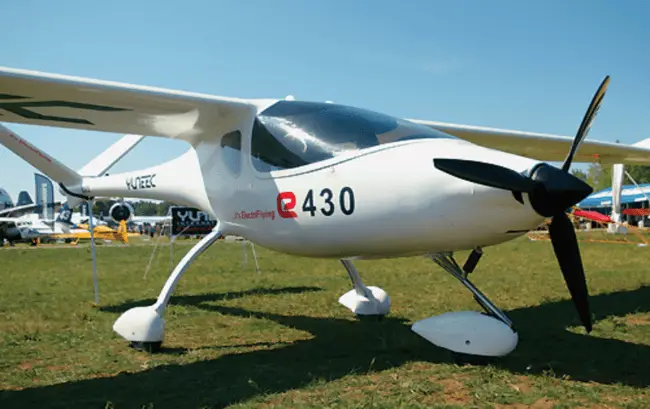
9. Long-ESA/Flight of the Century
Chip Yates opted to attempt to beat the record for the fastest electric airplane. In just two months, he was able to obtain the license. He then created the long ESA with the vision of beating the world record and getting a position in electric aircraft technology.
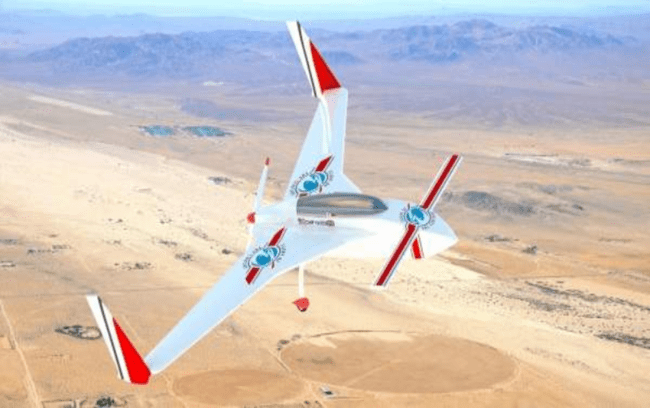
10. EuroSport Aircraft’s Crossover
EuroSport Aircraft’s Crossover is a Light-Sport Aircraft that can extend its wings to become a sailplane or bring them in to become a cruiser. Its twin motors can be tucked into the sides of the aircraft, its retractable gear allows further slimming, and its multiply-slatted Fowler-type flaps allow quick takeoffs and slow landings.
